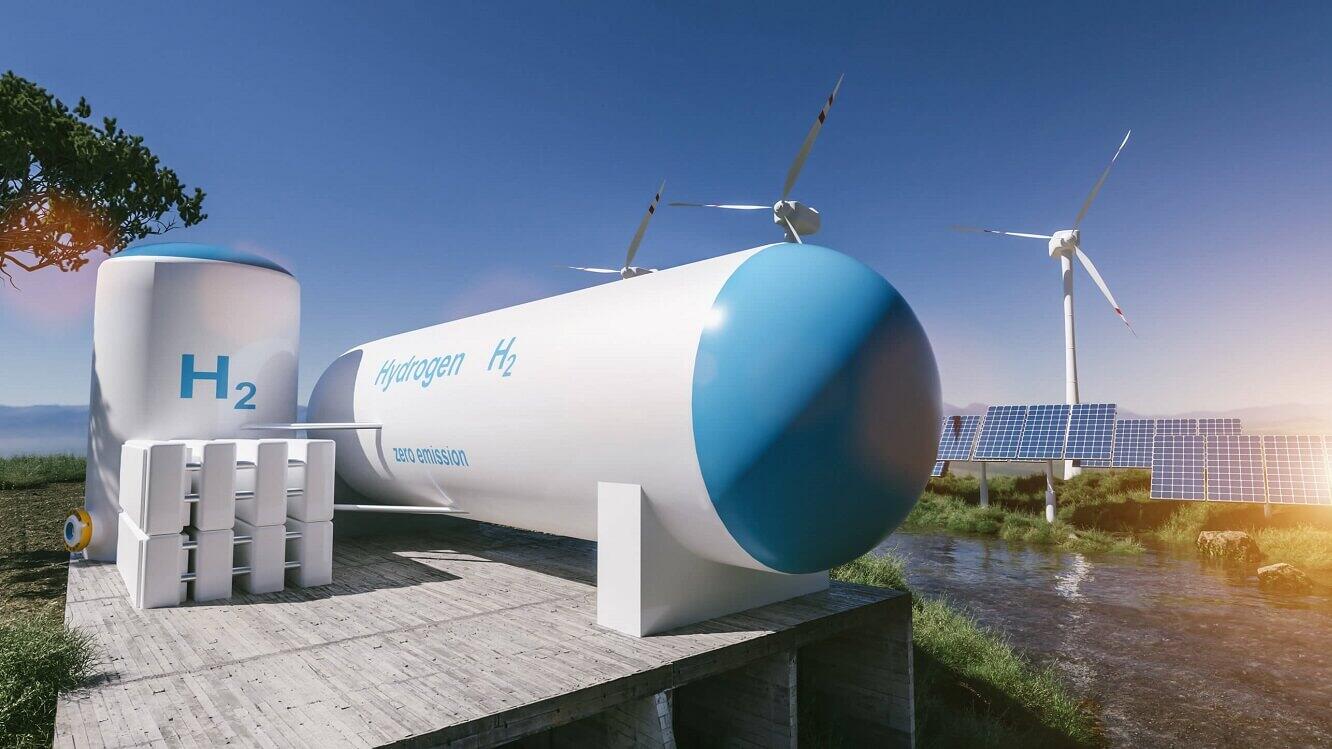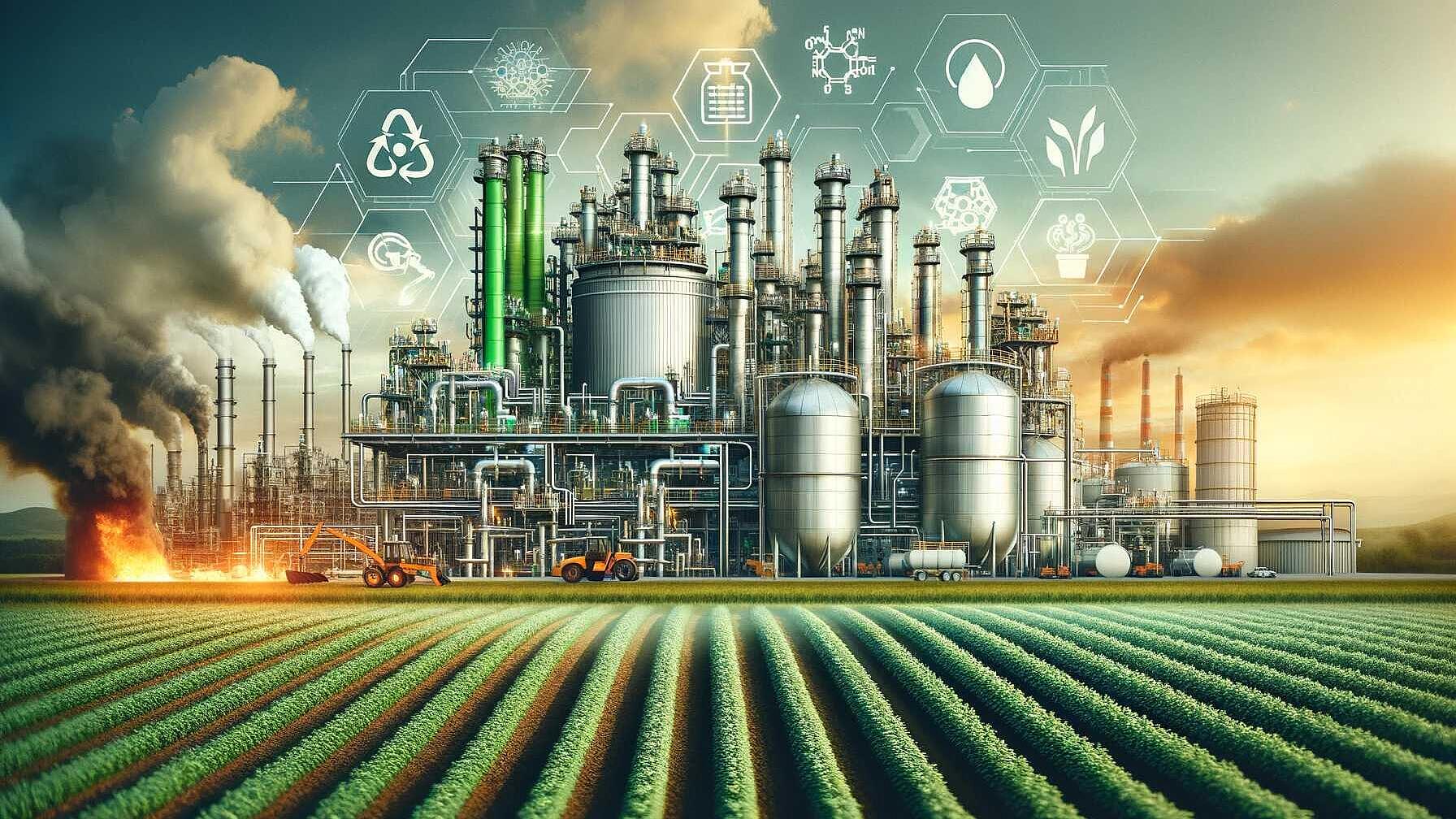 Energy Infrastructure
Energy InfrastructureCould Ammonia be an energy black swan?
Summary
Ammonia is produced under super high pressures from Hydrogen and Nitrogen. The feed stock for Ammonia (NH3) is simply Nitrogen and Hydrogen. Potential early applications for ammonia as a fuel include shipping and maybe even aviation! If you can make green Hydrogen (either with green electricity or carbon capture and storage) and green electricity you could make green ammonia. You just need a lot of green energy! The focus now could be on de-carbonising the worlds existing ammonia demand. Ammonias could absolutely be zero carbon and could be used as
as a green fuel. It would then provide a sound footing for the world to make greenhydrogen to potentially be used to produce green ammonia. And the focus now should be onde-carbonise the world existing hydrogen demand. and green electricity and storage and storage. and storage and electric and electric power and carbon capture, and green hydrogen.
Open full article
Could Ammonia be an energy black swan?
The ammonia market is worth about 33 billion dollars accounting for a staggering 1.8% of global carbon emissions. Produced under super high pressures from Hydrogen and Nitrogen; Ammonia production is energy intensive and more than a little bit ‘dirty’ when it comes to carbon emissions.
Could ammonia really be the fuel of the future? I’ve recently been looking at Hydrogen and it’s clear that one of the biggest challenges of Hydrogen as a fuel is it’s density in gaseous form along with high costs storing and transporting it.... Ammonia in liquid form provides a tantalizing potential solution even if it does have a few challenges (Ammonia is explosive, toxic and very smelly!). Potential early applications for ammonia as a fuel include shipping and maybe even aviation!

How is Ammonia made?
The feed stock for Ammonia (NH3) is simply Nitrogen and Hydrogen. Nitrogen can be relatively efficiently extracted from the air through cryogenic (cooling the air so Nitrogen drops out) processes, whereas Hydrogen is a bit trickier. Typically, steam is used at very high temperatures to strip Hydrogen away from the Hydrocarbon atoms in Methane or Coal. This produces a lot of carbon dioxide!
Next the two gases are fed into a reactor and pressurised to about 250 bar in a process which has changed little in 100 years called the Haber-Bosch process. In this process the Hydrogen atoms from then feed-stock are combined with Nitrogen from the air. All of which is quite energy intensive as energy is needed to extract Nitrogen as well as pump up the two gasses to such high pressures.
What about Safety and the local environment?
Ammonia does come with its challenges! A quick google on risks of ammonia comes up with this:
‘Exposure to high concentrations of ammonia in air causes immediate burning of the eyes, nose, throat and respiratory tract and can result in blindness, lung damage or death. Inhalation of lower concentrations can cause coughing, and nose and throat irritation’
So not the nicest chemical to get exposed to! On top of the potential health impacts its also corrosive and explosive so presents some interesting challenges to engineers…
However, engineers are well used to handling challenging chemicals and ammonia, in fact in the United Stated there are already 2000 miles of ammonia pipelines along with a substantial infrastructure for ammonia manufacture and distribution. So its certainly not impossible that ammonia might be the right 'green' fuel for some applications.
In fact, existing hydrocarbons are distributed vie pipelines, trucks, petrol stations etc. Petrol and Diesel come with their own challenges in terms of environmental and explosion hazards.
Finally, Ammonia is regularly used in refrigeration and heat pumps so its highly likely you are passing near safely stored ammonia regularly in our everyday lives at sites such as hospitals, supermarkets among many others!
Would Ammonia be more expensive than Hydrogen?
A study by the Royal Society highlight substantial savings using Ammonia in Rail, Shipping and Heavy Road Transport... in fact nearly 80% reduction to that of Hydrogen gas and a third of the costs of liquefied Hydrogen.
Rail, Heavy Road and Shipping are the three sectors with real potential for utilising Ammonia as a green fuel.
These highlight Ammonia's real potential in transport. It is perhaps these three areas where Ammonia has some really interesting potential as a fuel for the future.
How Green could Ammonia be?
Ammonia could absolutely be zero carbon. If you can make green Hydrogen (either with green electricity or carbon capture & storage) and green electricity you can make green ammonia. You just need a lot of green energy! I do think the focus now could should be on de-carbonising the world’s existing ammonia demand… this would then provide a sound footing for Ammonia to potentially be used as a green fuel!



